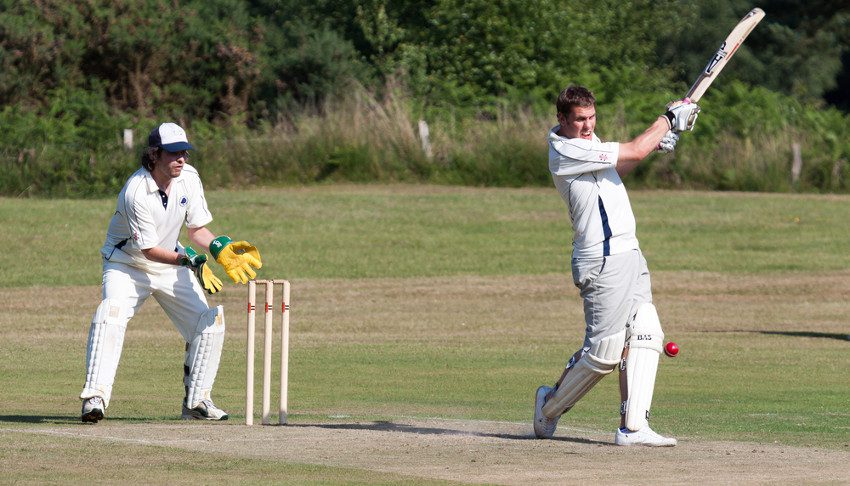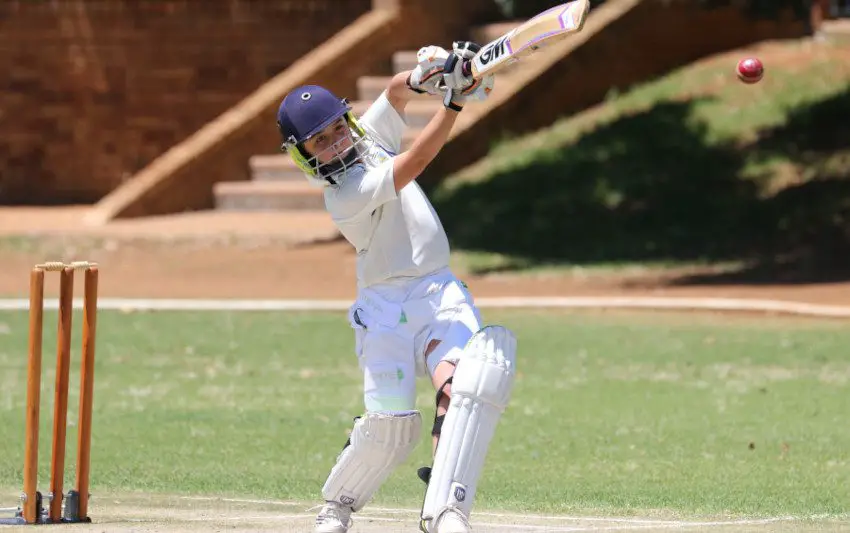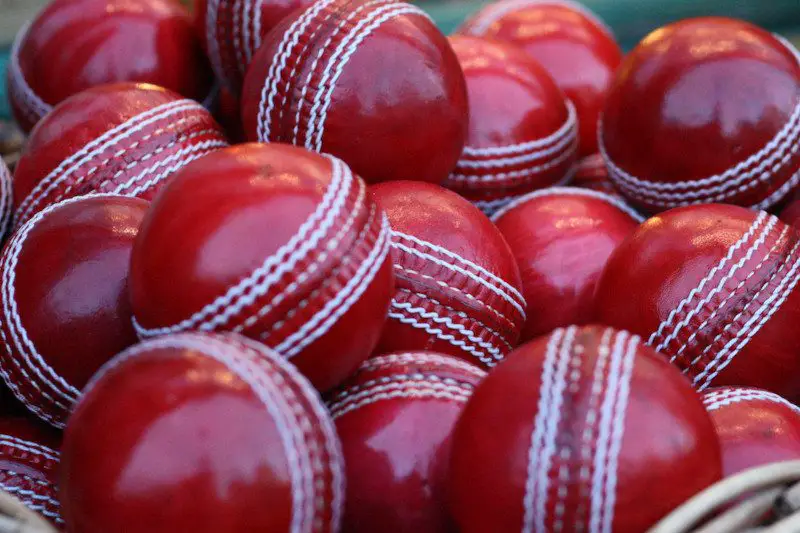Table of Contents
Cricket has always been a dangerous sport. Many cricketers have fallen prey to deadly injuries over the years. This highlights the importance of safety equipment while playing the sport. One of the most important pieces of equipment are the batting pads. Pads are worn on both the legs and thighs during batting and wicket-keeping.
The modern-day batting pads are made of high-density foam which make them safe, light and comfortable to wear. Selecting the correct pair of pads is extremely important as these last for the longest period of time in comparison to other kit items. Let’s take a bit about left and right cricket pads.
How to Identify Left and Right Cricket Pads?
Before we look into the identification of cricket pads, let’s understand the common features of a cricket pad. These include:
- Face takes up the largest area of a cricket pad and covers the majority of the leg.
- Knee Roll offers protection to the knee joints.
- Top Hat is an area over knee roll which protects the lower thigh from impacts.
- Wings are placed on the outside of the front cricket leg for protection.
- Straps are used to tightly hold the cricket pad with the player’s legs.

Cricket Pads for Right Handed Batsman
If a right-handed batsman is batting, his left leg is facing the bowler or the ball. For him or her (right-handed batsman) the side wing will be on the left pad since his left side is facing the bowler.
Cricket Pads for Left Handed Batsman
If a left-handed batsman is batting, his right is facing the bowler or the ball. For them, there is a fluffy extended side wing or extra cushion on the right pad which protects the batsman from the impact of the ball. If the batsman fails to recognize this, he can end up injuring his front leg since the desired protection is being given to the back leg.
Thigh-Pads
Another type of pad which cricketers never fail to wear are thigh pads. Traditionally, cricketers only wore a single thigh pad on the leg facing the bowler. So, if it’s a right-handed batsman, he would wear the thigh pad on his left leg and vice versa for a left-handed batsman. Two straps, one around the waist, and one around the inner thigh, hold the guard in place.
The modern-day thigh guards are, however, very different. They are smaller in size, covering both the thighs. Just like the leg-pad these are made of high-density foam and pre-shaped in PU casting. The front thigh or the thigh facing the bowler is greater in size in comparison to the back thigh, majorly protecting the inner thigh.
Ambidextrous Cricket Pads
Ambidextrous Cricket Pads, is a pair of batting pads which can be worn by both left-handed and right-handed batsmen. Such pairs of batting pads are considered to be cheaper and less complicated in comparison to pads specifically designed for the batsman as per his batting style.
Ambidextrous pads are capable of protecting the batsman of either dexterity but are not as efficient as the specialised pads. A batsman can end up injuring himself if he wears ambidextrous pads. These pads do not offer special protection like providing a side wing to the front pad.
Wear a Proper Sided Pad to Protect Your Leg
Thus, we now know that it is important to wear batting pads as per your batting style. If a batsman ignores this, he will fail to protect his leg, in turn injuring himself. Therefore, a batsman should ensure he protects his front leg, which faces the bowler. Many prominent brands are into supplying cricket kits such as SG, Gray-Nicholls, Kookaburra, SS, GM, etc. Such reputed brands offer enhanced protection and we should not shy away in investing since the injuries could be severe in some cases.
Conclusion
We now know the importance of a cricket kit. One should always remember to purchase a kit as per his size and preference. Any lapses in the same could affect their playing style and cause injuries. For example, in case of batting pads, the knee should align with the centre part of the knee section to the back of the batting pad. Hopefully this article will help you select the correct cricket pads for you.


